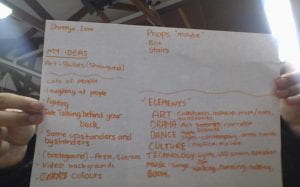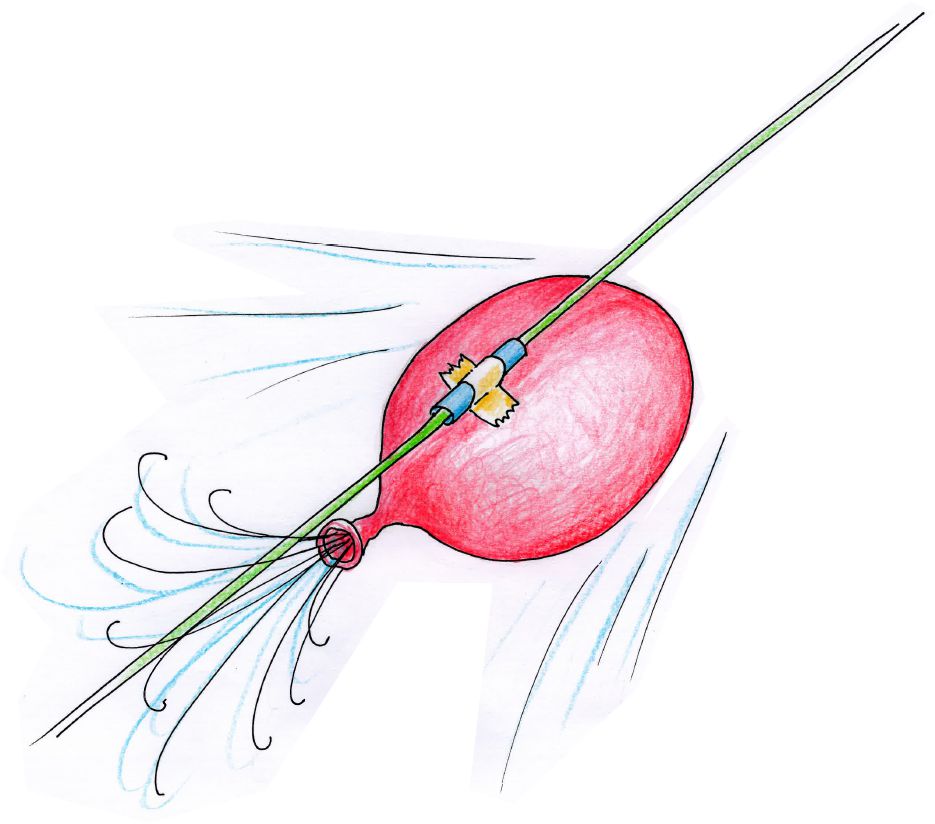Hello everyone, welcome back to my blog. I hope you’re all doing well. Today, I’m excited to share with you all about my recent learning experience during a work-from-home session that involved years 7 and 8. We had this time to catch up on pending activities, and I specifically focused on the activity reading, which was Matariki, which is significant in New Zealand.
Over the course of weeks 7 to 9, we had the opportunity to delve deep into our tasks and complete as much work as possible. In literacy, we concentrated on Matariki, and let me tell you, it was quite an enriching. We were tasked with answering and learning a set of slides, totalling 43 in all, which provided an abundance of information. I expanded my knowledge significantly, learned new vocabulary, and even came across some captivating stories and activities associated with Matariki. In this blog post, I’ll share the key things I learned, along with insights from my task. Enjoy!
What is Matariki?

Matariki, also known as the Māori New Year, is celebrated in New Zealand and marks the rise of the Pleiades star cluster in the night sky. This event signifies a time of reflection, remembrance, and planning for the year ahead. Traditionally, it’s a time for families to gather, pay respects to their ancestors, and celebrate the cycle of life.
When to Celebrate?
The celebration of Matariki occurs in late May or early June, depending on the lunar calendar. The exact date varies each year because it is determined by the sighting of the crescent moon, marking the beginning of the Māori New Year.
How to Celebrate?
 Matariki is celebrated in various ways, including family gatherings, singing, dancing, and feasting. People might engage in activities such as storytelling, planting seeds for the upcoming year, or even creating artworks reflecting the stars. Celebrations also include community events where everyone can come together to learn and share.
Matariki is celebrated in various ways, including family gatherings, singing, dancing, and feasting. People might engage in activities such as storytelling, planting seeds for the upcoming year, or even creating artworks reflecting the stars. Celebrations also include community events where everyone can come together to learn and share.
How Many Stars and Their Names?
The Matariki star cluster consists of nine main stars, which are known as the Nine Sisters. These stars are:
1. Matariki
2. Pōhutukawa
3. Waitī
4. Waitā
5. Tupu-a-nuku
6. Tupu-a-rangi
7. Hiwa-i-te-rangi
8. Ururangi
9. Waipuna-a-rangi
What Does Each Star Represent?
Each star in the Matariki cluster has its significance:
– Waiti: This star symbolises freshwater sources and the life they support, encouraging us to take care of our rivers, lakes, and streams.
– Waita: Connected to the ocean and marine life, this star emphasises the importance of sustainable fishing and ensuring abundant sea resources.
– Waipuna-a-rangi: Associated with rain and atmospheric water, this star represents our appreciation for the rain that nourishes all living things.
– Tupu-a-nuku: This star pertains to the food produced from the earth and serves as a guide for planting times. “Tupu” means to grow, and “nuku” relates to the earth.
– Tupu-a-rangi: Related to trees, birds, and food from the forest, this star reminds us of the gifts from nature, including the kereru, which is traditionally harvested during the Matariki season.
– Ururangi: Known as the star of the winds, it celebrates both gentle and strong breezes, and kite flying is a common tradition to honour Matariki.
– Pohutuakawa: This star connects the living with those who have passed away, honouring individuals who died in the previous year during the Matariki celebrations.
– Hiwa-i-te-rangi: Referred to as the wishing star, it is associated with aspirations, dreams, and setting goals for the upcoming year.
– Matariki: The leading star of the cluster symbolises care and well-being, with a bright Matariki indicating a promising year ahead.
Why Do the Dates for Matariki Change Each Year?
The dates for Matariki change each year because they are determined by the lunar calendar rather than the Gregorian calendar that many of us are accustomed to. The Māori lunar calendar follows the phases of the moon, which means that the observed rising of Matariki may not fall on the same date annually. This variability reflects the cycles of nature and holds cultural significance within Māori traditions.
Do Different Iwi Celebrate Matariki in Different Ways?
Yes, various iwi (tribes) in New Zealand celebrate Matariki in unique ways, often incorporating their distinct traditions, languages, and cultural practices. While the core themes of remembrance, celebration, and new beginnings remain consistent, the specific activities and significance attached to them can vary greatly depending on the customs of each iwi.
Do Other Cultures Celebrate a Similar Thing?
Many cultures around the world have celebrations that coincide with the new year or are tied to cosmic events. For example, the Lunar New Year, celebrated in many East Asian countries, marks the beginning of a new year based on the lunar calendar. Similarly, other cultures may have harvest festivals or rituals honouring the stars and cosmic events, reflecting the universal human relationship with the cycles of nature.
Task
For the task we had to complete the slides I hope you enjoy!
Conclusion
Through this project, I have learned an incredible amount about Matariki, and I hope sharing this knowledge inspires you to explore and celebrate it as well. The process of answering and learning the slides was not only informative but also a joy as I uncovered various aspects of this beautiful tradition. I look forward to continuing my learning journey and deepening my understanding of our rich cultures. Thank you for reading, and I hope you found something valuable in this post.
Thanks for reading,
Shreeya
 Matariki, also known as the Māori New Year, marks the rise of the Pleiades star cluster in the winter sky. This celebration signifies the end of the old year and the beginning of a new one, traditionally associated with renewal, reflection, and hope. It is a time for honouring the past, celebrating the present, and preparing for the future, emphasising connections with family, community, and the environment.
Matariki, also known as the Māori New Year, marks the rise of the Pleiades star cluster in the winter sky. This celebration signifies the end of the old year and the beginning of a new one, traditionally associated with renewal, reflection, and hope. It is a time for honouring the past, celebrating the present, and preparing for the future, emphasising connections with family, community, and the environment.


